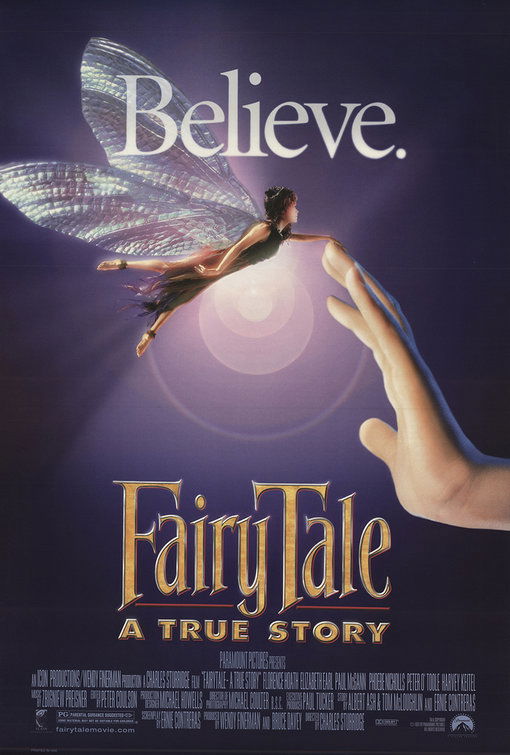"Propagating an Unreality"

| None | Light | Moderate | Heavy | |
|---|---|---|---|---|
| Language | ||||
| Violence | ||||
| Sex | ||||
| Nudity |
What You Need To Know:
Adept acting, insightful direction and creative screenwriting vividly bring to life the story and the personalities of Elsie and Francis. These high-caliber performances and the believable yet subtle visual effects will cause even some adult viewers to question the existence of fairies. The film's intentional blur between reality and fantasy will confuse children. During a debate, angels are equated with fairies. In a children's hospital, a boy asks Elsie for healing via her fairies, to which she responds that he must present his request to his guardian angel. Though the film has themes of hope, faith and healing, it attributes these affirmations to humans and supernatural beings other than God.
Content:
(Pa, O, AB, L, V, A, D, M) Pagan worldview with occult elements endorsing the existence of fairies & anti-biblical theories equating fairies with angels with some moral qualities such as hope, faith & parents caring for their children; 2 obscenities & 1 profanity; gory images of the travesties of war; no sex; no nudity; alcohol use; and, smoking
More Detail:
Can a fairy tale be a true story? Are fantasy and documentary genres mutually exclusive? Is the title, FAIRYTALE – A TRUE STORY, an oxymoron? The new film from Paramount Pictures brings together, both in title and content, the magical, make-believe world of fairies and the harsh realities of death and despair. Set in England during World War I, it tells the true story of the near-hysteria that resulted from photographs of fairies taken by young Francis Griffiths (Elizabeth Earl) and her cousin-companion Elsie Wright (Florence Hoath).
Their child-like faith and hope powerfully contrast with the reactions of the adult friends and family members − from the loving skepticism of Elsie’s father to the desperate confusion of her mother. Both parents still grieve the death of Elsie’s brother. Contrasting responses to the children’s “discovery” come from Sir Arthur Conan Doyle (Peter O’Toole), creator of Sherlock Holmes, and his close friend, escape artist Harry Houdini (Harvey Keitel). Both men are obsessed with the supernatural: one a vocal advocate, and the other a staunch unbeliever.
Ironically, perpetual gangster Harvey Keitel stars in this virtually violence-free fairy tale. He convincingly portrays a benevolent and loving Harry Houdini, whose relationships with the two girls and Sir Arthur supersede his disbelief in their pro-fairy claims. The movie takes Houdini a step beyond his showman fame. The role of Sir Arthur similarly allows Peter O’Toole to reveal, in even more depth, the humanness of a famed historical figure, a man mourning the death of a son. His desperate yet earnest attempts to alleviate his pain through pursuit of the paranormal parallels the spiritual searching of Elsie’s mother, while Houdini’s anti-fairy stance effectively parallels the feelings of Elsie’s father.
Adept acting, insightful direction and creative screen writing vividly bring to life the personalities of and the relationship between the two young protagonists, Elsie and Francis. These high-caliber performances, as well as the stunning depiction of the English countryside and believable yet subtle visual effects, will cause some adult viewers to briefly question the existence of fairies.
The film’s intentional blur between reality and fantasy will most likely spawn discussion among adults, as well as cause confusion in younger, less discerning minds. During a Theosophical debate, angels are equated with fairies and other mythological entities. In another scene, set in a children’s hospital, a sweaty, quivering boy asks Elsie for healing via her fairies, to which she responds that he must present his request to his guardian angel.
Though the film presents some very obvious themes of hope, faith and healing, it attributes these affirmations to the efforts of humans and the role of supernatural beings other than God. FAIRY TALE – A TRUE STORY is rated PG for a few minor obscenities and mild, war-related violence and contains depiction’s of social alcohol and tobacco use. It is important to note that in the 1980s, the two women finally admitted that they faked the photographs, though that point is not made in the movie.



 - Content:
- Content: 


